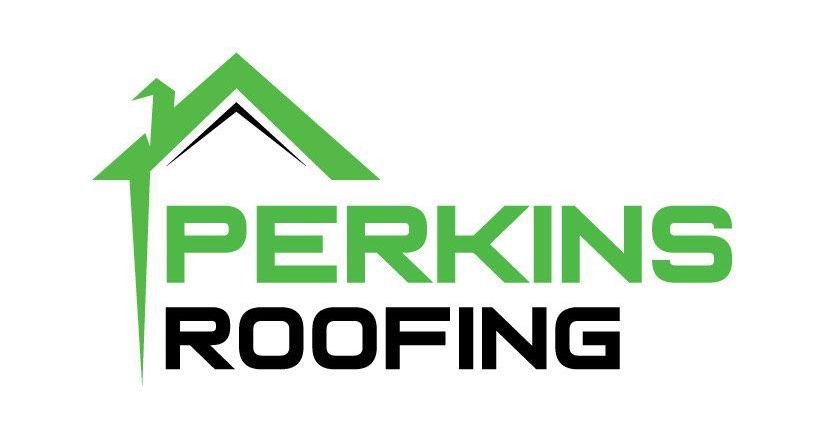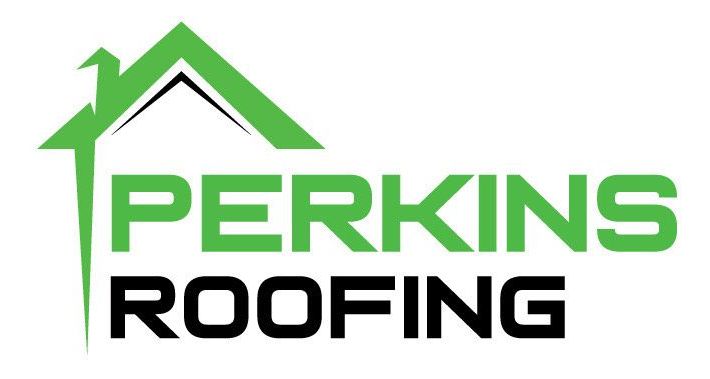call today, we'll be there tomorrow | (832) 702 0201
maintenance
Roof Maintenance in The Woodlands
Even responsible people who keep up with routine upkeep in their lives – like getting biannual teeth cleanings, having their vehicle’s serviced at the proper intervals and scheduling HVAC maintenance – often neglect roof maintenance. Many homeowners are not even aware that roof maintenance is a thing they should be worrying about. Roofs are often just an out of sight, out of mind feature of homes that most people don’t think about on a regular basis.
The truth is roof maintenance can be beneficial – and not just because it allows roofers to look for problems and charge you for roof repairs. There are a number of facets to the roof maintenance process, many of which can prevent future property damage while also extending the life of your roof.
roof maintenance services
how often should you schedule roof maintenance?
Despite what some roofers will tell you, scheduling annual roof inspections might not be necessary for your roof. The optimal frequency for your home really depends on the current state of your roof. If you’ve just had your roof replaced, you can likely get away with a roof inspection every two to three years. If your roof has leaked in the past and it’s on the older side, your home might be better served by an annual inspection. If you have an especially durable roofing material like tile or metal roofing, you likely don’t require roof maintenance every year.
That being said, it’s not in the best interest of your home or your roofing investment to put off roof maintenance for too long. Roof maintenance is more than just a simple inspection – it can prolong the life of your roof and make leaks or premature damage less likely.
perkins roofing
roof maintenance services
-
Roof Inspections and Assessments
The average homeowner often can’t tell when their roof is due for replacement, not just because they’re not professional roofers but also because it’s hard to see and inspect roof condition from the ground. In addition to checking for loose, missing or damaged shingles, signs of leaks and damaged flashing, a roofer should also be assessing the remaining lifespan of your roof.
Knowing how much longer you can expect your roof to last allows you to be proactive with planning and can help ensure you’re never in a situation where leaks or damage force you to make hasty roof replacement decisions without the chance to fully research your options.
-
Roof Cleaning
How much your roof will require cleaning depends on the design of your roof and the roofing materials you have installed. For example, we install CertainTeed shingles with a higher copper content during our roof replacements because they are durable, have a great wind rating and are highly resistant to black algae streaking. Not all asphalt shingles boast this same resistance, and it may become necessary for your roof to be cleaned at some point.
If your home has a particularly complex roof with hard-to-see valleys or other complex features, it may retain a lot of leaves, twigs and other detritus. Debris buildup on your roof can compromise its ability to drain off rainwater effectively and significantly increase the risk of leaks.
Homeowners should typically avoid DIY cleaning. Risking life and limb by getting up on your roof and scrubbing it down with a sponge and detergent can be counterproductive. Doing so could strip off the ceramic or mineral granules on your shingles, compromising the integrity or stability of shingles and accelerating wear. It’s best to leave this type of roof cleaning to professionals with the tools and experience to do it right (and safely).
-
Sealing and Waterproofing
Not every roofing material necessarily requires periodic sealing and waterproofing. It’s most important for homeowners with flat roofs, tile roofs and occasionally for metal roofs. While metal roofs are inherently water resistant, penetration points, including seams and fasteners, can benefit from the periodic application of sealants to ensure continued water tightness. This can be especially important due to the materials longevity. A metal roof may be able to last for 50-plus years, but those points of weakness can potentially become problematic after several decades without sealing.
While tile roofs are naturally water resistant, the underlayment, end caps and other areas of potential water intrusion may benefit from periodic sealing and waterproofing.
-
Flashing Inspections
Flashing, or the material that’s used to seal penetrations in roofs, like around chimneys, skylights and roof vents, is vital for maintaining the overall waterproof integrity of your roof. Not all flashing is made equal, and it’s not uncommon for the flashing material and sealing to fail before your shingles or roofing materials have reached the end of their useful life. During maintenance, your roofer will check all flashing and repair damaged or worn flashing to prevent future leaks.
-
Checking Ventilation
Homeowners often don’t think much about attic ventilation because it’s not something that impacts their day-to-day life in any obvious way. Preventing moisture buildup in attics is important, not just because it helps prevent mold but because excessive moisture can potentially accelerate roof wear. During a roof inspection, your roofer will inspect vents to ensure they’re still clear, functioning properly and aren’t hiding any pests that might be looking to make a home in your attic.
-
Documentation
Although there’s more to roof maintenance than just a basic inspection, getting a roof checkup is still an important part of the process. Your roofer should take pictures of potential problem spots and walk you through what they’re seeing and what those signs mean for your roof’s health. These periodic professional updates can provide clarity and peace of mind, and help ensure you’re never blindsided by leaks, missing shingles or other undiscovered roofing damage in the future.
LET'S GET YOU TAKEN CARE OF
our customers are our neighbors.
Contact Us
We will get back to you as soon as possible
Please try again later
our services
WHERE TO FIND US
45 Cascade Springs Pl
The Woodlands, TX 77381
All Rights Reserved | Perkins Roofing
Privacy Policy | Powered by REV77 Digital Marketing Agency


